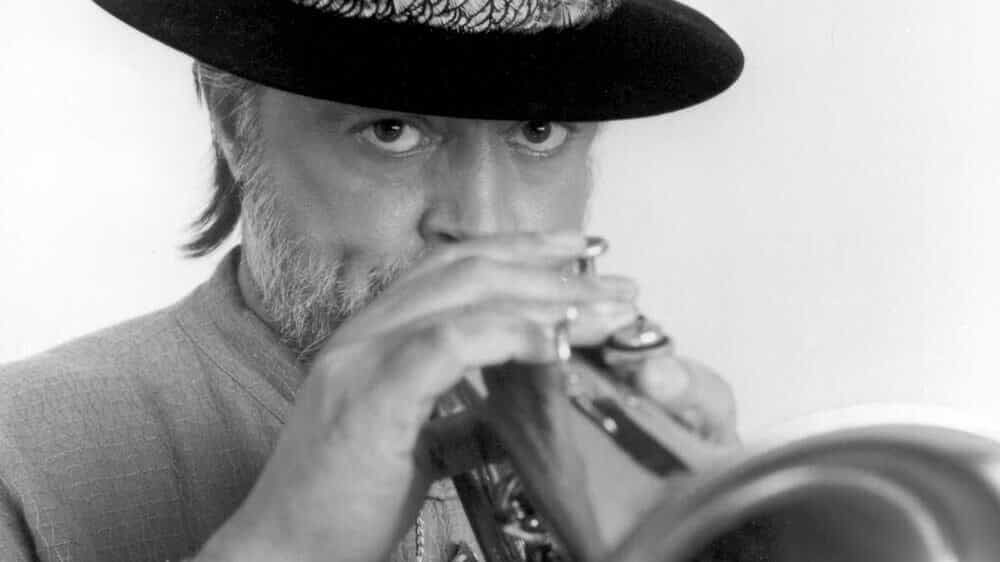Chuck Mangione, the American flugelhorn participant, trumpeter, and composer, handed away final Tuesday (July 22) at his residence in Rochester, New York. He was 84.
Born in Rochester to Italian mother and father who had been avid jazz followers, Mangione rose to prominence as a pupil on the Eastman College of Music. He carried out along with his brother, Hole Mangione within the ensemble, The Jazz Brothers. Within the mid Sixties, on the advice of Dizzy Gillespie, Chuck Mangione joined Artwork Blakey’s combo, The Jazz Messengers, because the group’s trumpeter.
As a Grammy Award-winning crossover artist, Mangione composed and carried out widespread requirements comparable to Feels So Good and Youngsters of Sanchez. His music served as themes for the 1976 Summer season Olympics in Montreal, in addition to the 1980 Winter Olympic Video games in Lake Placid, New York (Give It All You Acquired).
Mangione helped to ascertain Eastman’s jazz program. He served as director of the Eastman Jazz Ensemble from 1968 till 1972. (Within the Nineteen Nineties, I met him briefly within the halls of Eastman). Mangione had a recurring role taking part in himself on the animated TV sitcom, King of the Hill.
Feels So Good
Mangione’s signature flugelhorn sound takes centerstage in his most recognizable hit. Launched as a single early in 1978, the track soared to fourth place on the Billboard chart by June of that yr. This efficiency was recorded dwell on March eighth, 1979:
Pals and Love Album
This Grammy nominated album was recorded dwell within the Eastman Theatre with the Rochester Philharmonic Orchestra on Could 9, 1970. Mangione “fell in love with strings and their makes use of” as a pupil at Eastman. He mentioned later, “With 4 individuals you possibly can create one very sturdy sort of power, but when you will get 65 individuals working collectively, and swinging collectively, that’s an entire different sort of power.”
Secret Love
Recorded dwell at The Lighthouse jazz membership in Southern California, the 1966 album, Buttercorn Woman, options Artwork Blakey and The Jazz Messengers. Chuck Mangione is joined by a younger Keith Jarrett on piano, Frank Mitchell on tenor saxophone, Reggie Johnson on bass, and Blakey on drums. Secret Love, a typical by Sammy Fain, varieties the album’s last observe:
Buttercorn Woman
The album’s title observe was composed by Mangione. Its catchy, carefree melody foreshadowed the music of Chuck Mangione’s later profession:
